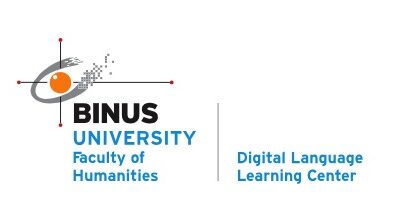[SCOPUS] Lifia Yola Febrianti – The carrying capacity of GIS application for spatial thinking growth in disaster material
Wahyuningtyas, N., Febrianti, L., Andini, F.
IOP Conference Series: Earth and Environmental Sciencethis link is disabled, 2020, 485(1), 012018
DOI:10.1088/1755-1315/485/1/012018
Abstract
Spatial thinking skills must be mastered by students. This is very important because this concept is the main character in studying geography. On the surface of the earth, some things become problems related to natural conditions that can be solved by those who can to think spatially. This ability to think spatially can be applied by students in terms of analyzing areas prone to disasters. In principle, they must be able to understand how the characteristics of a region that has a high vulnerability to disasters. To further facilitate and sharpen their analysis, data that is capable of supporting can be used to produce the new information needed. These data can be facilitated well through image data processing software and Geography Information System (GIS). The method used in the assessment of this problem is qualitative descriptive. Based on the results, of the analysis it can be concluded that spatial thinking skills is at the core of achievement in geography learning. GIS provides an opportunity for students to explore their environment by using new technology. Therefore, in the future, it can be used increased as a critical thinking ability in a spatial. Increasing spatial thinking skills will enable students to get to know their own environment and the environment properly, which include recognizing the threat, the level of vulnerability of the region to the risk of disaster-prone, when a disaster occurs, students can help themselves, their families, and also the community
